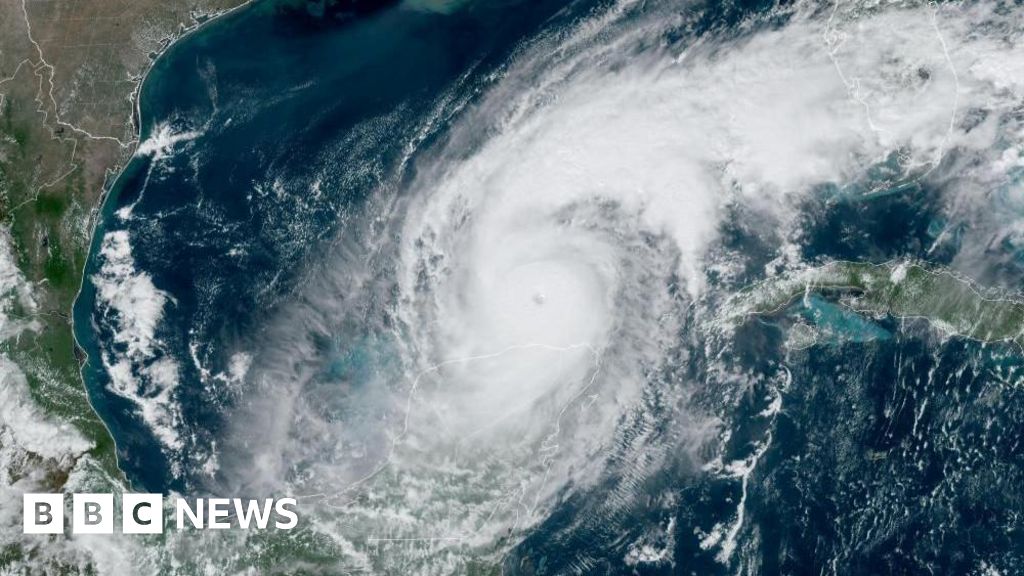Birefringent crystalline materials are essential in advanced optical technologies such as isolators and modulators due to their ability to manipulate light polarization. However, designing high-performance birefringent materials with a birefringence value (Δn > 0.3) is challenging. Achieving superior optical anisotropy requires identifying functional groups with strong polarizability anisotropy and optimizing their arrangement in the crystal lattice.
To address this challenge, researchers from the Xinjiang Technical Institute of Physics and Chemistry (XTIPC) of the Chinese Academy of Sciences have developed a novel design strategy to enhance optical anisotropy in low-dimensional structures. This approach involves modulating intralayer hydrogen bonding and optimizing anionic frameworks.
Using this method, the researchers synthesized a series of two-aminopyrazine-based birefringent crystals, four of which demonstrated exceptional birefringence values of 0.489, 0.490, 0.594, and 0.658 at 546 nm. The work is published in the journal Materials Horizons.
The significant improvement in birefringence was attributed to structural dimensional transitions and the propensity of protonated two-aminopyrazine groups to form low-dimensional frameworks under the influence of hydrogen bonding. Specifically, intralayer [N−H···O], [O−H···N], and [N−H···F] hydrogen bonds facilitated the coplanar alignment (θ = 0°) of birefringent-active units, resulting in enhanced in-plane optical anisotropy.
Theoretical calculations further supported these findings, revealing that sequential anionic substitutions induced variations in optical polarizability, thereby optimizing the linear optical properties of the materials.
This study not only introduces a new birefringent functional group but also provides a theoretical and experimental framework for designing and synthesizing high-birefringence compounds within low-dimensional structures.
More information:
Muhammad Arif et al, Optimizing optical anisotropy in low-dimensional structures via intralayer hydrogen bonding modulation and anionic substitution, Materials Horizons (2025). DOI: 10.1039/D4MH01790K
Citation:
Novel hydrogen bonding strategy yields high-birefringence crystals for optics (2025, March 20)
retrieved 21 March 2025
from
This document is subject to copyright. Apart from any fair dealing for the purpose of private study or research, no
part may be reproduced without the written permission. The content is provided for information purposes only.

















